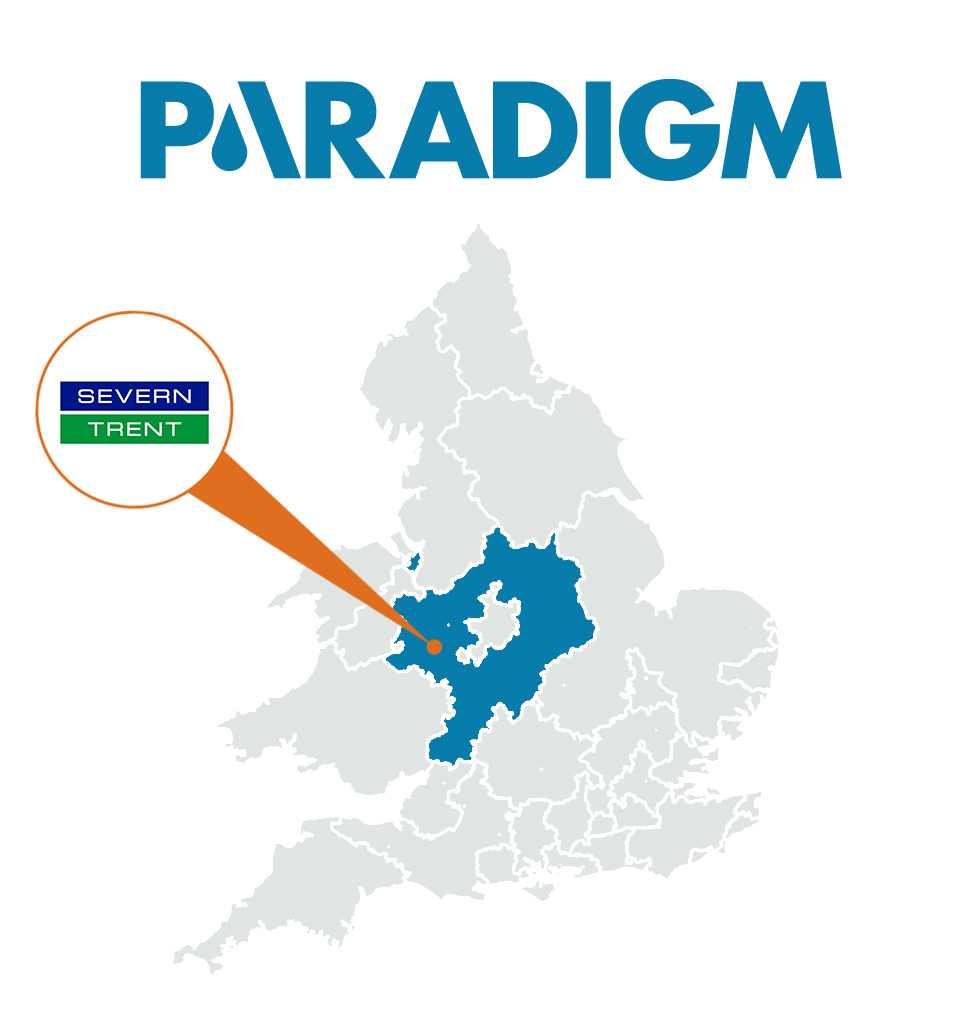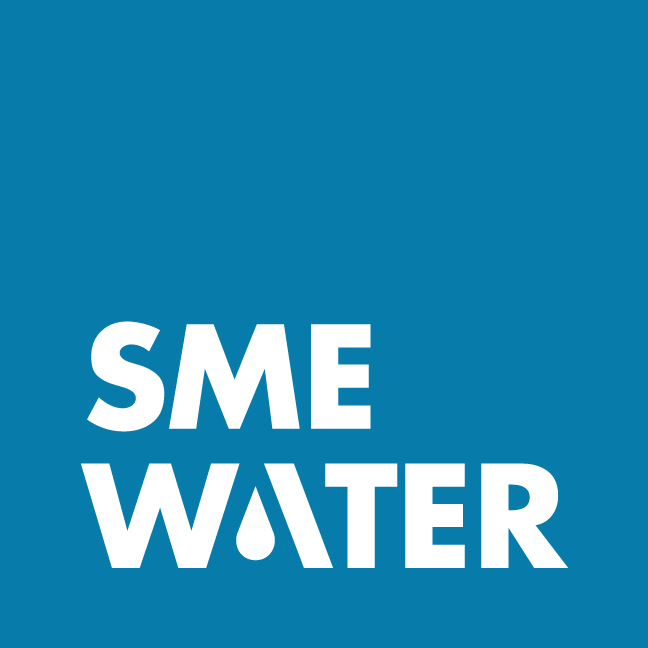Following the development of Paradigm’s analysis approach, we were looking to understand how we could turn the analysis outputs into tangible actions and network improvements. At this stage, our work was delivering fantastic insights, but clients were struggling to realise the benefit from the improved understanding we were giving them, which could have been a barrier to widespread adoption.
Paradigm: Severn Trent
This project provided a great opportunity to analyse some challenging DMAs, including a mixture of urban and rural environments, and develop the process for generating actions and driving onsite investigation.

“The tool confirmed that we have higher than expected consumption in high occupancy DMAs,
this has allowed us to turn our attention from these ‘expensive’ DMAs and focus on those that have genuine leakage”
– Damian Price
The challenge
Severn Trent had recently put in place a new leakage operating model, with individual Water Network Technicians having responsibility for a geographic area comprising of 20-30 DMAs. This change had delivered some fantastic benefits, identifying and resolving DMA operability issues and driving down leakage. However, with the ‘easy wins’ under their belt, the team were increasingly having to tackle some of the more challenging and longer running issues in their areas.
With these more challenging issues often taking up considerable effort it was increasingly important that their time was being spent in the right areas, with leakage teams understanding the demand in their DMAs and focusing on actual leakage.
Our solution
Paradigm was implemented across 10% of Severn Trent’s network and used to assess the underlying issues within each of the DMAs. This gave unaccounted for water summaries for each DMA, providing the client with a breakdown between, household, non-household and leakage.
We then picked 10 DMAs with large levels of unaccounted for water and did a deep dive into each one. Using Paradigm to further analyse the demand profiles in each one, the team generated a series of actions for the onsite teams. This included investigating individual customers onsite to check for metering and billing issues and targeted leakage investigations.
The results
The project demonstrated that there are large discrepancies between assumed customer usage in and actual flows into DMAs. This highlights the risks of using typical usage values to calculate leakage, and then use this information for targeting purposes.
Paradigm reinforced a lot of the information that the local teams already had, with local managers saying they felt vindicated by the analysis. This confirmed that areas with high reported leakage had significant levels of demand and very little leakage, giving them confidence to focus their efforts in other areas.
“Paradigm identified a seasonal variation in this DMA with the early summer demand increase as well as Ramadan impact. The three allotments highlighted were previously unidentified and after investigation, could well be causing a lot of the seasonal variation. Several private leaks were also located on the back of the analysis. This DMA has had a stubborn night flow for a long time and this work has helped to suggest why and find some of the unaccounted-for water here.”
– Steve Reeves
